Crafting Reward Systems to Enhance Player Retention
19 January 2025
Gaming has officially become the cultural juggernaut of our generation. From epic fantasy RPGs to high-octane battle royales, games are more than just a pastime—they’re a lifestyle. But let’s get real for a second: games aren’t just about killer graphics and intense boss battles anymore. Nope! The secret sauce that keeps players coming back for more, logging in day after day, is one word—rewards.
If you’re a game dev or just a curious soul wondering why you’re addicted to collecting virtual helmets or coins, buckle up, buttercup. This is your one-stop guide on how crafting reward systems can boost player retention faster than a speedrunner clears a tutorial level. 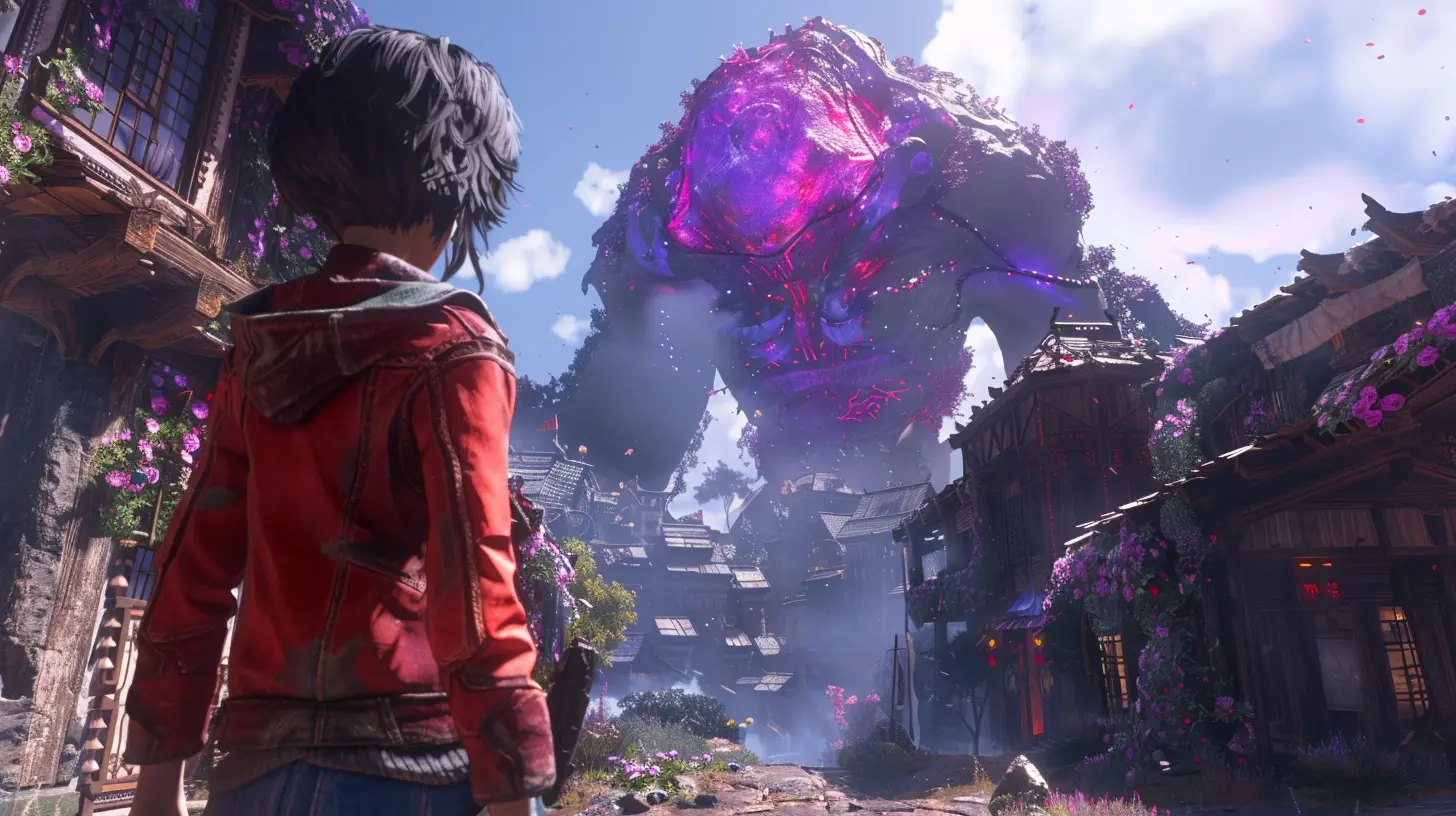
What’s the Big Deal With Player Retention?
Let’s face it—creating a game isn’t just about getting people to try it—it’s about making sure they stick around. Think of gamers like plants (yes, plants): if you don’t water them (read: give them reasons to play), they’ll wither (read: uninstall your game).Retention is the golden goose of game development. The longer players stay, the more invested they become. And invested players? Oh, honey, they buy skins, expansion packs, and whatever limited-edition nonsense you toss their way. It’s a win-win.
But here’s the catch: players won’t stick around for nothing. They need incentives. They need to feel like their time is being well-spent. That’s where reward systems come in. 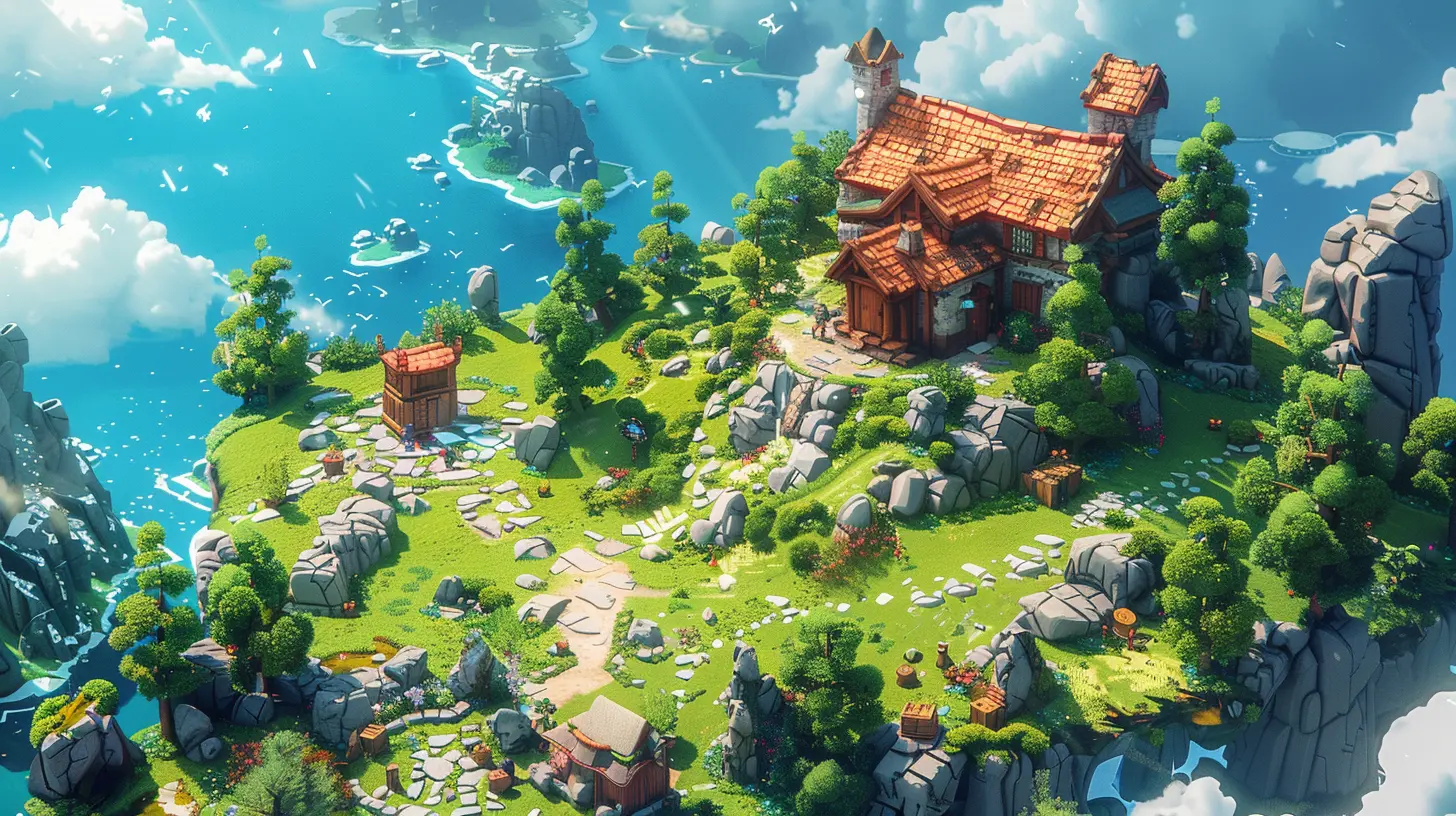
Why Rewards Are Like Catnip for Gamers
Stop me if this sounds familiar: you’re grinding through a dungeon, health bar flashing red, sweat dripping down your face (okay, maybe not literally), and BAM—a shiny treasure chest appears. You crack it open, and—cue angelic choir—you’re showered with epic loot. Feels good, right?That’s the magic of rewards. They tickle that little part of our brain that screams “YES! Validation!” Rewards create a dopamine rush that keeps us coming back for more. It’s like a slot machine, except instead of coins, you’re pulling for swords, skins, or whatever cool in-game swag you can get your hands on.
But here’s the kicker: not all rewards are created equal. Throwing random freebies at players won’t cut it. If the rewards don’t hit the sweet spot, your players will be out faster than I uninstalled Flappy Bird. (Sorry, not sorry.) 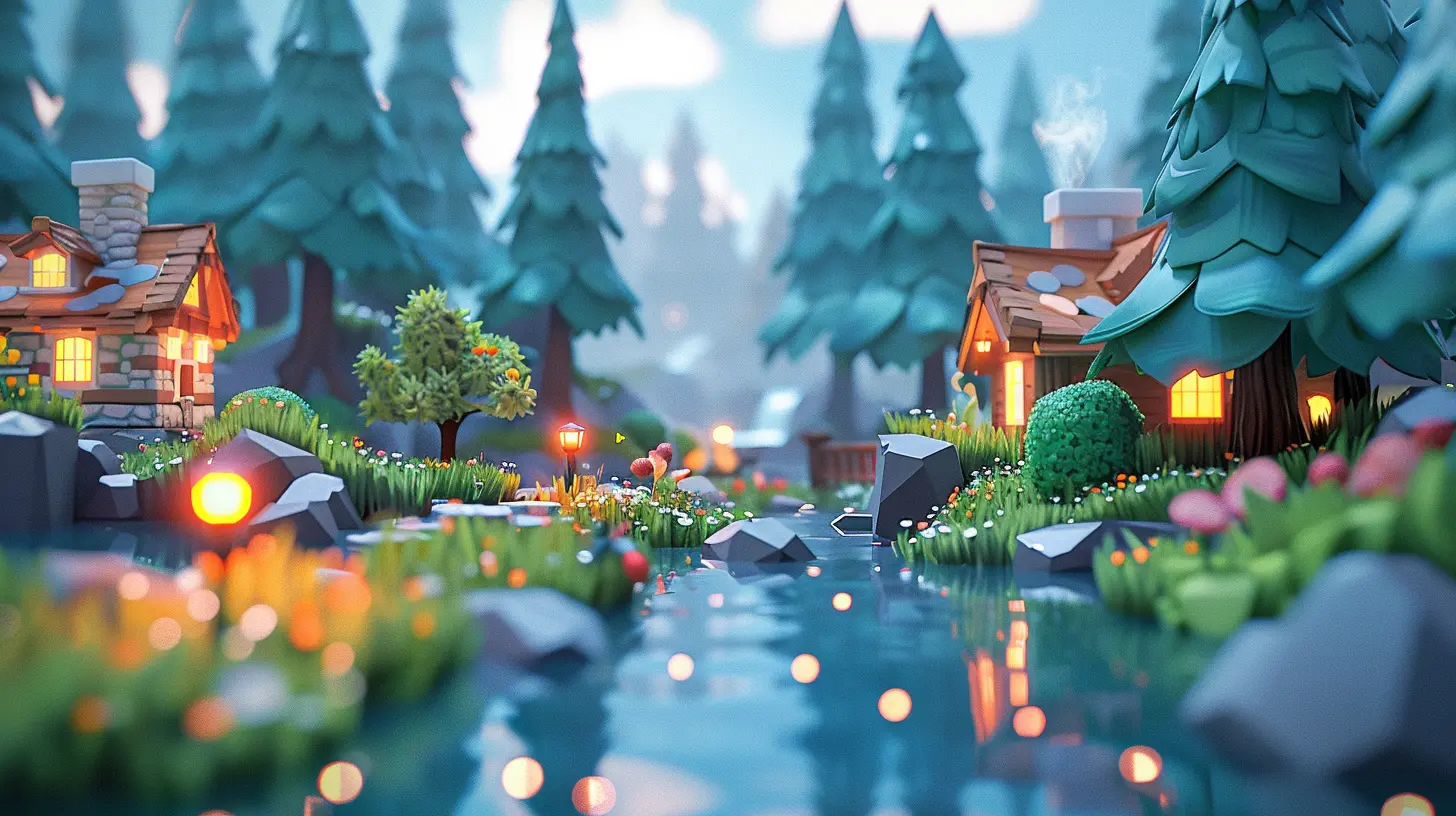
Types of Reward Systems
Now let’s get down to the nitty-gritty. Not all gamers are motivated by the same things. Some love the thrill of competition, others just want to look cool (fashion souls, anyone?). Crafting a killer reward system means catering to your audience. Let’s break it down:1. Achievement-Based Rewards
Ah, achievements. The digital equivalent of getting a gold star on your homework. These rewards usually come in the form of badges, titles, or trophies for completing specific challenges. Think of them as bragging rights.Example: Beat the game on Ultra-Nightmare mode without dying? Here’s a shiny badge to flex on your friends.
Achievements work because they tap into our need for recognition. Players love showing off what they’ve accomplished—it’s human nature.
2. Progression Rewards
This one’s a classic. As players level up or complete quests, they get progressively better rewards. It’s like climbing a ladder—each rung makes you want to reach the next one.Example: Unlocking new weapons, abilities, or characters as you advance through the game.
Progression-based rewards are all about giving players a sense of growth. The key here is pacing—if you give too much too soon, players will burn out. If you’re stingy, they’ll drop off faster than a bad Wi-Fi connection.
3. Time-Based Rewards
You’ve seen it in every mobile game ever: log in daily, and you’ll get goodies. Players. Eat. This. Up.Example: Daily login bonuses, weekly missions, or limited-time events.
Time-based rewards are a clever way to keep players hooked. The FOMO (fear of missing out) is real. No one wants to miss out on that exclusive skin just because they skipped logging in for a day.
4. Cosmetic Rewards
Sometimes, it’s not about winning—it’s about looking good while doing it. Skins, emotes, mounts… the possibilities are endless.Example: Unlocking a dragon mount that breathes sparkles. Yeah, you know you want it.
Cosmetic rewards are genius because they don’t affect gameplay, making them purely aspirational. Players shell out big bucks (or grind endlessly) for the chance to stand out in a sea of basic avatars.
5. Random Rewards (Loot Boxes and RNG)
Ah, loot boxes—the love-it-or-hate-it child of reward systems. Random rewards tap into that “what if?” mentality. It’s a gamble, but when done right, it works like magic.Example: Opening a loot box and scoring a rare weapon (or, you know, getting five common items in a row and cursing your luck).
Pro tip: Be careful with this one. If players feel cheated, they’ll rage-quit faster than you can say “refund.” Balance is key. 
Designing a Reward System That Slaps
Okay, so you’ve got the basics down. Now let’s talk strategy. How do you make sure your reward system is irresistible and keeps players coming back for more?1. Know Your Audience
Are your players hardcore completionists, casual explorers, or social butterflies? Understanding your player base is crucial. What motivates them? What makes them tick? Tailor your rewards to their preferences, or risk losing them to the competition.2. Balance Risk and Reward
Nobody wants a game that feels like a chore, but they also don’t want to be handed everything on a silver platter. Make players work for their rewards, but don’t make it feel like a second job.3. Mix It Up
Variety is the spice of life, and it’s also the secret to a great reward system. Don’t just rely on one type of reward. Combine achievements, progression, cosmetics, and time-based rewards for a well-rounded experience.4. Create Exclusivity
Nothing gets players hyped like the words “limited edition.” Exclusive rewards make players feel special and create buzz around your game. It’s a win-win.5. Make It Social
Let players show off their rewards to their friends. Whether it’s a leaderboard or just a cool skin they can flaunt in multiplayer, social proof is a powerful motivator.Common Mistakes to Avoid
Before you run off to design the next big thing in reward systems, let’s talk about what not to do:1. Over-rewarding: Nobody wants to play an easy game where rewards feel meaningless.
2. Under-rewarding: On the flip side, don’t be stingy. Finding balance is key.
3. Pay-to-win Systems: Let’s not ruin the fun for free players, okay? Nobody likes being pitted against someone who bought their way to the top.
Final Thoughts
Crafting reward systems for games isn’t rocket science, but it does require finesse. The ultimate goal? Keep players engaged, motivated, and having fun. Nail that, and you’ve got yourself a game that stands the test of time.So, what are you waiting for? Go forth and create a reward system so addictive, your players will happily grind for hours just to unlock that sweet, sweet loot.
all images in this post were generated using AI tools
Category:
Game DesignAuthor:

Francesca West
Discussion
rate this article
9 comments
Martha Rodriguez
Unlocking the secret to player loyalty lies within the intricate web of rewards. What hidden incentives keep gamers coming back?
March 16, 2025 at 4:00 AM

Francesca West
Great point! Hidden incentives like personalized rewards, progression milestones, and exclusive content can significantly boost player loyalty and retention.
Natalie McCoy
This article presents valuable insights into crafting effective reward systems. It's fascinating how thoughtful incentives can significantly enhance player engagement and retention. I appreciate the depth of analysis and look forward to seeing how these strategies evolve in future game designs.
February 6, 2025 at 4:50 PM

Francesca West
Thank you for your thoughtful comment! I'm glad you found the insights valuable and relevant to player engagement. I also look forward to seeing how these strategies will evolve in the gaming landscape!
Elsinore Brooks
Great read! Crafting thoughtful reward systems is like designing a treasure map for players; it keeps them engaged and excited for new adventures. Remember, a sprinkle of fun and surprise can turn an ordinary game into an unforgettable journey! Keep up the awesome work!
January 29, 2025 at 3:39 PM

Francesca West
Thank you for the kind words! I completely agree—thoughtful rewards truly transform the gaming experience. Excited to keep exploring this journey!
Evelyn Bellamy
Great insights! Crafting effective reward systems is key to keeping players engaged and motivated. Let’s inspire creativity and dedication in our gaming communities, ensuring everyone feels valued and rewarded!
January 25, 2025 at 5:27 PM

Francesca West
Thank you! I completely agree—effective reward systems are essential for fostering player engagement and building a strong, motivated community.
Archer Kirkpatrick
Great insights! Effective reward systems are crucial for keeping players engaged long-term.
January 25, 2025 at 5:34 AM

Francesca West
Thank you! I'm glad you found the insights valuable. Reward systems are indeed key to fostering long-term player engagement!
Patrick McPherson
This article highlights a crucial aspect of game design. However, it overlooks the potential pitfalls of overemphasizing rewards, which can lead to player burnout. Striking a balance between motivating players and maintaining genuine engagement is essential for long-term retention.
January 22, 2025 at 3:28 AM

Francesca West
Thank you for your insightful comment! You're absolutely right—while rewards are important, finding the right balance is key to preventing burnout and ensuring sustained player engagement. I'll consider this perspective in future discussions.
Raine Wilson
Interesting take! I'm curious how different reward systems impact various player motivations. Do you think certain mechanics could be more effective for specific game genres?
January 21, 2025 at 5:14 AM

Francesca West
Absolutely! Different reward systems can significantly influence player motivations based on the game genre. For example, competitive games may benefit from performance-based rewards, while casual games might thrive on unlockable content or social rewards. Tailoring mechanics to the genre can enhance engagement and retention.
Liv Sheppard
Who knew crafting could be the ultimate glue for player bonds? Sprinkle in some shiny rewards, and voilà! You've got players hooked like cats to a laser pointer! Let’s keep those gaming spirits high and the crafting tables busy!
January 20, 2025 at 4:53 PM

Francesca West
Absolutely! Crafting not only fosters collaboration but also creates a rewarding experience that keeps players engaged and motivated. Let's keep the creativity flowing!
Pamela Barrett
Empower players through rewarding experiences—retain loyalty!
January 19, 2025 at 4:18 PM

Francesca West
Absolutely! Rewarding experiences are key to fostering player loyalty and enhancing retention. Thank you for your insight!
MORE POSTS

The Importance of Transparency in Early Access Development

Exploring the World of Simulation Mobile Games
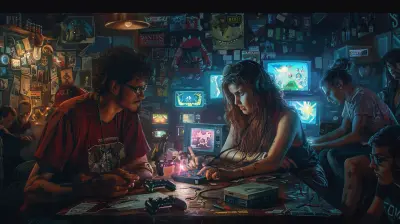
Breaking Down the Clash of Gaming Subcultures

Level Design Secrets: Creating Maps that Players Love
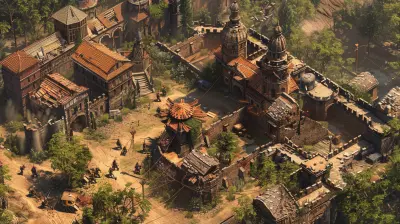
The Role of Cover Systems in Creating Strategic Combat Scenarios

What You Miss if You Skip the Season Pass

When Speed Isn't Enough: The Best Tactical Racing Games